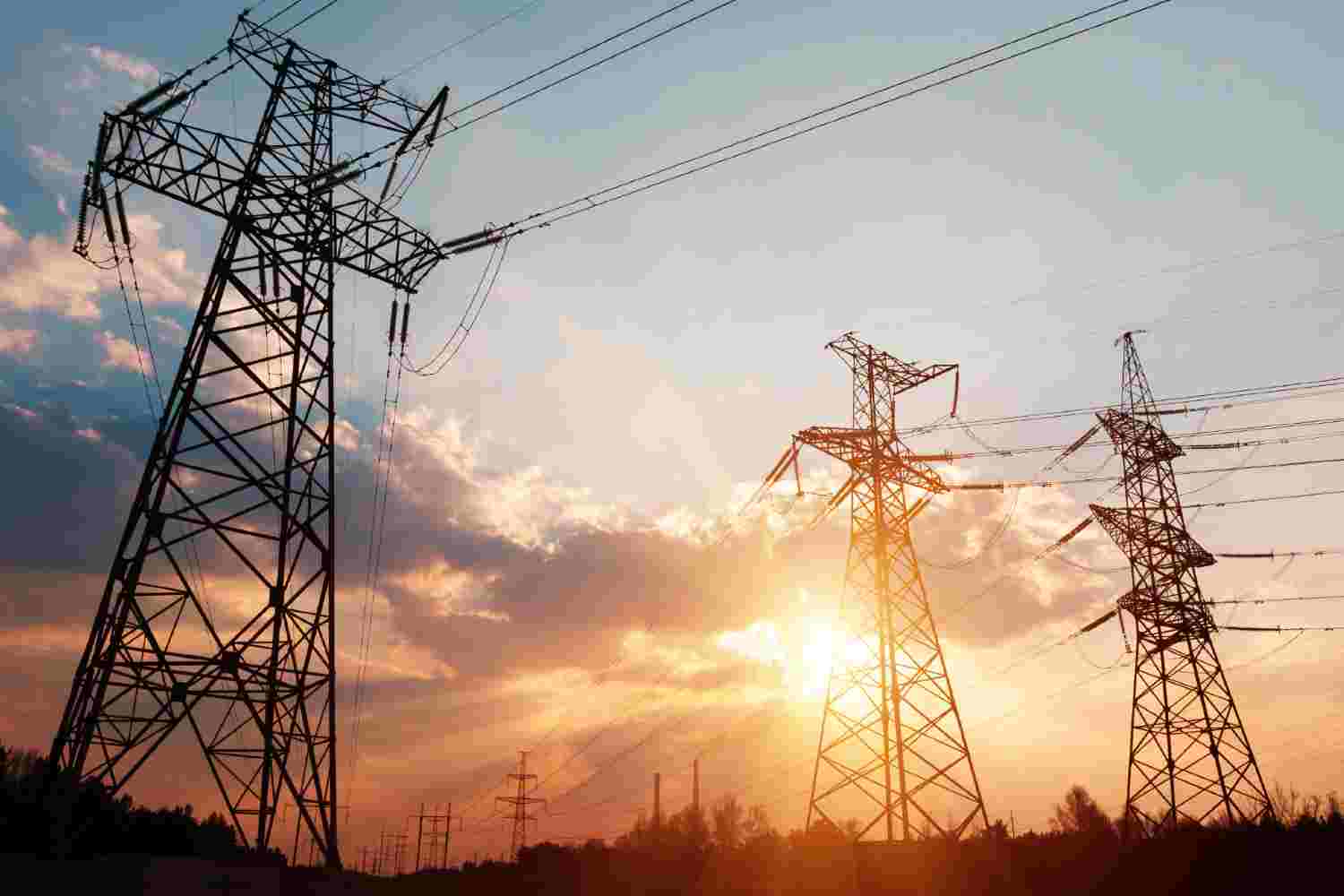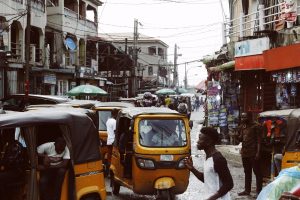Africa has been grappling with a lack of reliable and affordable electricity for decades. However, some countries on the continent have made significant strides in improving their power sectors. In this article, we will take a closer look at three African countries that have made the most progress in recent years: Ethiopia, Rwanda, and Senegal.
Ethiopia
Ethiopia has been investing heavily in its power sector, with the goal of becoming a major exporter of electricity in the region. The country has a vast potential for renewable energy, particularly hydropower, and has been using this to its advantage. In recent years, Ethiopia has made significant progress in expanding its power generation capacity. For instance, the Grand Ethiopian Renaissance Dam, which is currently under construction, is expected to have a capacity of 6,000 megawatts (MW) upon completion.
Ethiopia has also been investing in transmission infrastructure to bring power to more people. The country’s national grid has expanded significantly in recent years, with the government focusing on connecting remote areas to the grid. According to the African Development Bank, Ethiopia’s electricity access rate increased from 20% in 2012 to over 45% in 2020.
Rwanda
Rwanda has been making major strides in expanding access to electricity and improving the reliability of its power supply. The country has invested heavily in off-grid solar power, which has been particularly beneficial in rural areas where grid extension may not be economically feasible. In fact, Rwanda is one of the leading countries in Africa in terms of off-grid solar deployment.
Additionally, the Rwandan government has implemented policies to encourage private investment in the power sector. For instance, the country has established a regulatory framework that allows independent power producers to sell electricity to the national grid. These policies have helped to attract private investment in renewable energy, particularly in small hydropower and solar projects.
According to the International Energy Agency, Rwanda’s electrification rate increased from 18% in 2009 to 44% in 2019.
Senegal
Senegal has been making progress in both expanding access to electricity and increasing the share of renewable energy in its power mix. The country has been investing in large-scale solar projects, such as the 158 MW Taiba Ndiaye project, which is currently under construction. Additionally, Senegal has implemented policies to encourage investment in wind power, and it currently has several wind farms in operation.
Senegal has also been expanding its national grid to bring power to more people. The country’s electrification rate increased from 42% in 2012 to over 66% in 2020, according to the World Bank.
Improving the power sector is crucial for economic development and improving the quality of life of people in Africa. While there is still much work to be done, Ethiopia, Rwanda, and Senegal have made significant progress in recent years. By investing in renewable energy, expanding access to electricity, and implementing policies to encourage private investment, these countries have demonstrated that it is possible to make tangible improvements in the power sector in Africa.




